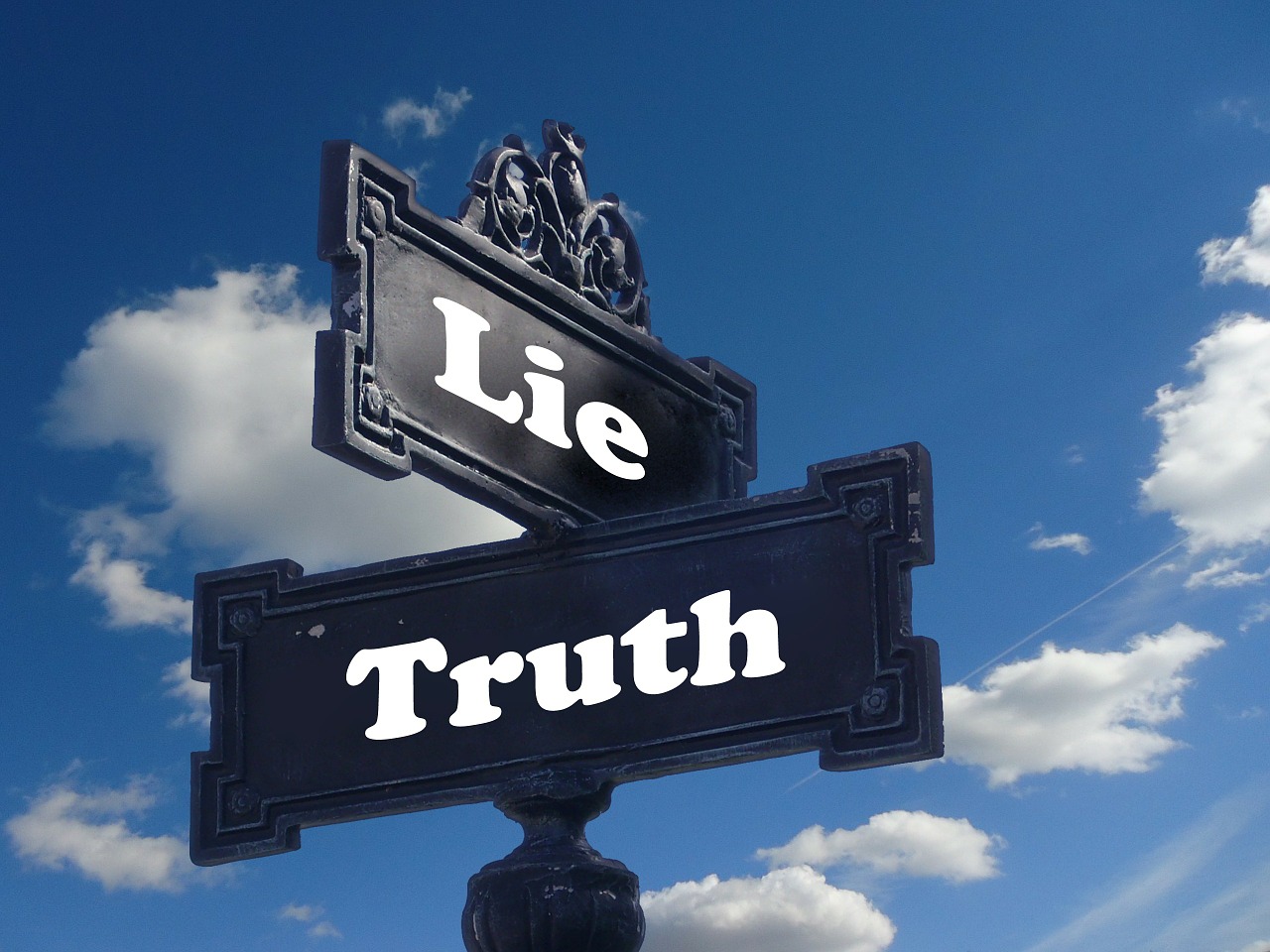For more about spotting doctored photos and fake videos, sign up for my DigitalEd training on September 20, where I’ll offer more tips about geolocation and image verification. Sign up here: How to Verify Photos and Vidoes.
During the Charlottesville protests and the devastation of Hurricane Harvey, we were overloaded with dramatic photographs and videos, including some that turned out to be either outright fabrications or recycled from previous events. For the average person on Facebook or Twitter, sharing these photos or videos requires no second thought, but for the journalist, a simple retweet brings responsibility. How do you verify a photograph or video, especially if you are short on time and resources?
Believe it or not, this is a shark on the freeway in Houston, Texas. #HurricaneHarvy pic.twitter.com/ANkEiEQ3Y6
— Jason Michael (@Jeggit) August 28, 2017
Writing for Bellingcat, an online investigative site that focuses on digital research and verification, I deal with verifying photos and videos every day. Not every photograph and video can be verified quickly, but most can be. While professional analysts can use forensic methods to find fakery in image and video files, you don’t need to have quite that level of technological proficiency to have a high degree of confidence in outing a fake — rather, a keen eye is by far the most important tool you have.
Often, calling out a viral image on Facebook as a fake seems to be an exercise in pedantry, rather than a journalistic service. While this can certainly be true in some cases, verification can also significantly boost a story, or even lead to new ones through uncovering new leads and sources.
Time and Place
For carrying out verification of photographs and videos, the two most important pieces of information you can have are place and time. The vast majority of materials can be verified, or confirmed as fakes, by just establishing where and when they were shot.
The process of identifying the location of a photograph or video is called geolocation, which is a fancy word for matching details in the source material – a building, billboard, or another landmark – to reference materials that can include satellite images, Google Street View, or other photographs uploaded on social media. In many cases, this is pretty easy – look up the name of a store seen in a video, or a street sign, or something else. But as you can imagine, it can be tricky in other cases. In my upcoming training, we will talk about how to figure out the location for these more complex examples, from a battlefield in Ukraine to the streets of New Jersey.
Last year, a number of ISIS supporters posted pictures from their homes in Europe, professing support for an upcoming speech from the terrorist group. The people taking and sharing these photographs intended to scare Europeans: the message being, “We are in your cities, but you do not know who we are.” However, with many of these photographs, enough details were just barely visible to locate where they were taken. Interpreting these details did not just confirm that the ISIS supporters were in the cities, but it also backfired on these supporters by revealing exactly where they took the photographs–including their apartments’ locations, thus providing valuable information to police and counter-terrorism agencies. Geolocation is a powerful tool that not only shows you if a photograph or video is real, but can lead to the discovery of new witnesses and sources to enrich an investigation.
Time is a bit trickier to establish, but can be done to a limited degree of accuracy.
Outside of looking for context clues, such as the weather, temporary details (such as billboards), and so on, we can establish an approximate time for when a photograph or video was taken by examining visible shadows. While we can’t figure out the exact second that a picture was taken from a shadow, we can figure out if it was in the early afternoon, for example, allowing for further fact-checking.
Think like a faker
Most people who make and share fakes aren’t meticulous artists, hoping to make a perfect forgery. Rather, the bulk of fakes are recycled from older materials, perhaps with extra distortion or filters meant to confuse a reverse Google Image Search or to hide details revealing their real origins.
If you see an image flash across your Twitter feed and you suspect it’s fake, how do you creatively root out its original source if more traditional verification methods don’t work? We’ll talk about how to “think like a faker” in my upcoming training, and learn how to bypass the obstacles set up by someone who fabricated a photograph or video.
Related Training
To learn more about spotting doctored photos and fake videos, sign up for my DigitalEd training on September 20 at 1 pm ET, where I’ll offer more tips about geolocation and image verification. Sign up here: How to Verify Photos and Vidoes.
Aric Toler is an analyst at Bellingcat, leading Eurasia and Eastern Europe research. He focused on Russian literature and intellectual history in his graduate studies at the University of Kansas and worked as an intelligence specialist in the private sector before coming to Bellingcat. He leads training workshops in Russian and English to equip journalists, researchers, and activists with digital investigation and verification skills, with a focus on training journalists in the former Soviet Union. His research has focused on verifying Russian-language media, the conflict in eastern Ukraine, and the ongoing investigation into the downing of Flight MH17.



The MSM does this all the time.